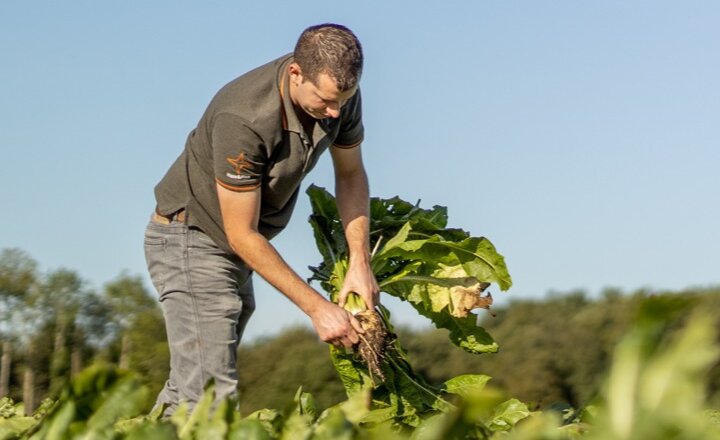Prebiotic fibre, a dietary fibre with unique properties
Dietary fibre is an essential component of the human diet. However, it is present in amounts typically lower than recommended by health authorities. Depending on local advice, food and health authorities such as EFSA and the national nutrition societies recommend a daily intake of 25 – 40 g fibre, an amount that most people find difficult to achieve. Fibre-enriched products can help consumers to improve their diets by increasing fibre intake.
Dietary fibres are naturally present in many whole grains, fruits, vegetables and legumes. Various types of dietary fibre exist, often with specific characteristics. They can be categorized into e.g. insoluble fibres and soluble fibres, fermentable, non-fermentable and partially fermentable fibres, and viscous or non-viscous fibres. Chicory root fibres are special dietary fibres because they are prebiotic.
The prebiotic concept was first introduced in the early 1990s and the current scientific definition was further developed by a panel of experts brought together by the International Scientific Association of Probiotics and Prebiotics (ISAPP). The current definition is: “A substrate that is selectively utilized by host microorganisms conferring a health benefit”. The ISAPP association officially recognizes chicory inulin and oligofructose as prebiotics.
Prebiotic fibres such as inulin and oligofructose are not digested in the intestine, but serve as a substrate for beneficial intestinal bacteria such as bifidobacteria and lactobacilli. The presence of chicory root fibres allows the populations of these good bacteria to grow, contributing to a balanced ecosystem in the colon. Over the past years, an increasing number of studies has shown the importance of a balanced ecosystem in the colon. But what makes these micro-organisms in the colon so important? Scientific studies show that the beneficial bacteria such as bifidobacteria and lactobacilli produce various short chain fatty acids (SCFA) and further metabolites when fermenting chicory root fibre. By this the ecosystem in the gut is influenced, e.g. a more acidic environment (lower pH) is created and via the gut-brain axis and other routes communication with other parts of the body takes place. This is being linked to a number of advantages such as stimulation of the immune system, inhibition of pathogens, activation of bowel movement, enhancement of mineral absorption, improved appetite control, addressing systematic inflammation processes and many more subjects part of emerging science projects.
Scientific studies - The prebiotic effect of inulin-type fructans has been topic of a number of high-quality reviews, showing an increase of bifidobacteria. An overview of scientific studies on this topic.

